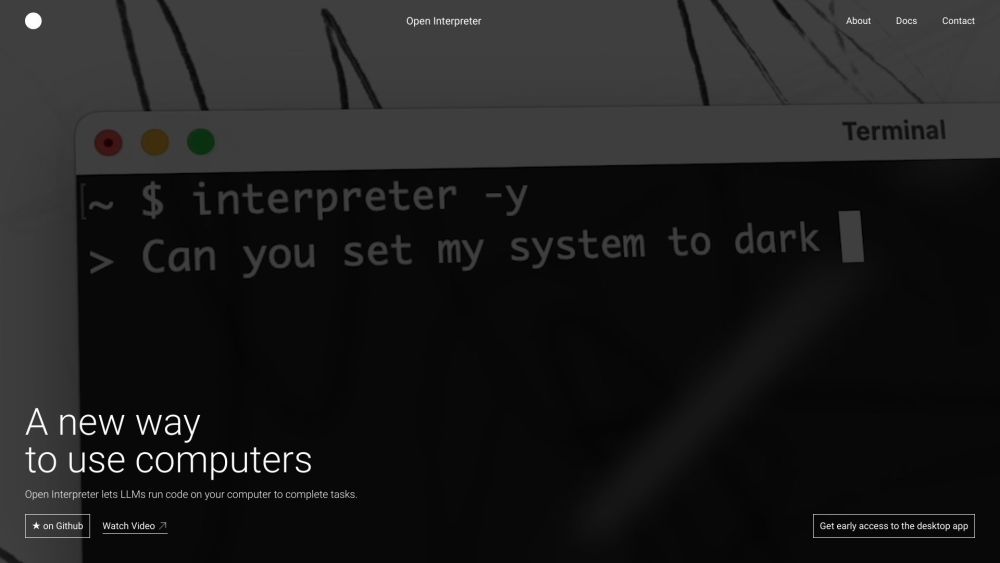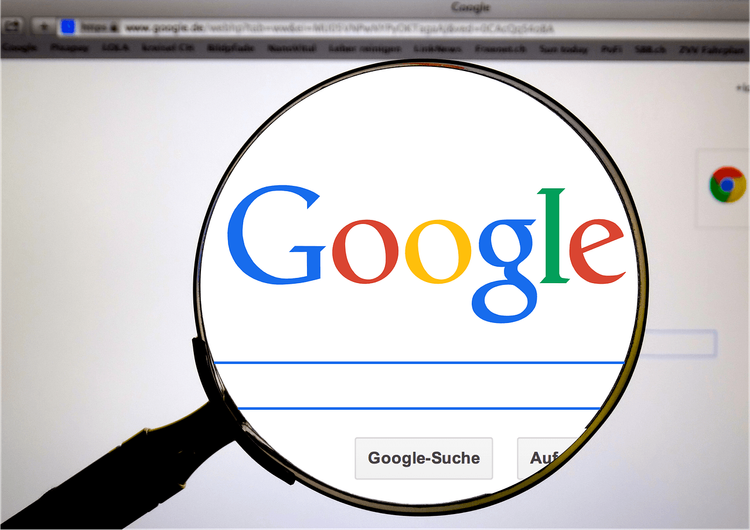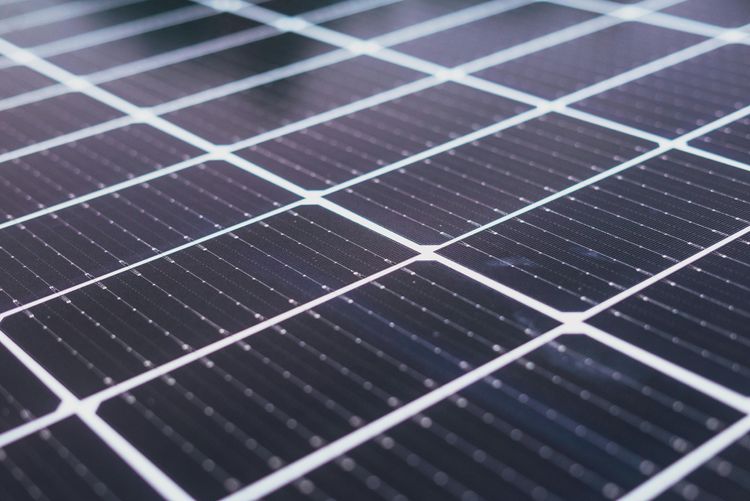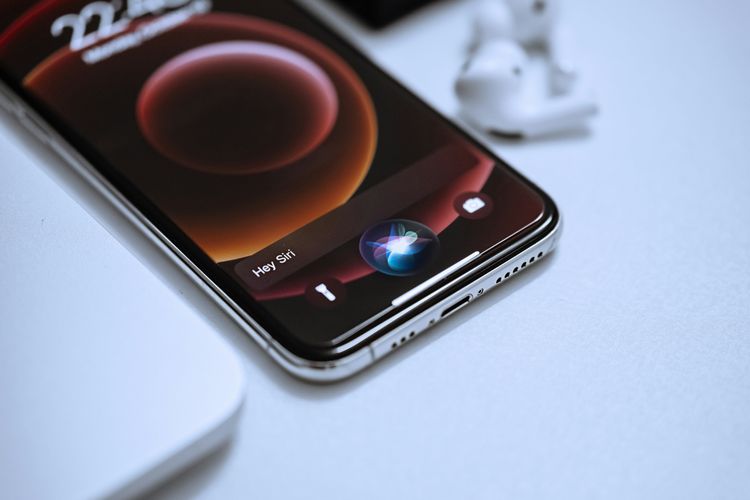Vatican and Microsoft Launch AI-Generated St. Peter’s Basilica for Virtual Tours and Damage Tracking
Most people like

Unlocking code execution and task automation through language models has revolutionized the way we interact with technology. By harnessing the power of advanced artificial intelligence, these models enable seamless automation, streamlining workflows and enhancing productivity. Discover how to leverage language models to simplify complex coding tasks and automate processes like never before.

Unlock the potential of your online presence with our advanced AI SEO tool, designed specifically to help you produce high-quality SEO content. Enhance your website's visibility and engagement by leveraging cutting-edge algorithms that analyze trends and optimize your writing for search engines. Create compelling, relevant, and keyword-rich content that resonates with your audience while improving your ranking on search results. Embrace the future of content creation and watch your visibility soar!

Unlocking the Power of AI: Enhance Your LinkedIn Engagement and Boost Post Visibility Effortlessly.

Introducing our AI-Powered Transcription and Translation Service: Revolutionizing the way you convert speech into text and translate languages effortlessly. Experience fast, accurate, and reliable results tailored to your needs, making communication seamless and efficient across various platforms. Unlock the potential of artificial intelligence to enhance your workflow and connect with a global audience like never before.
Find AI tools in YBX



